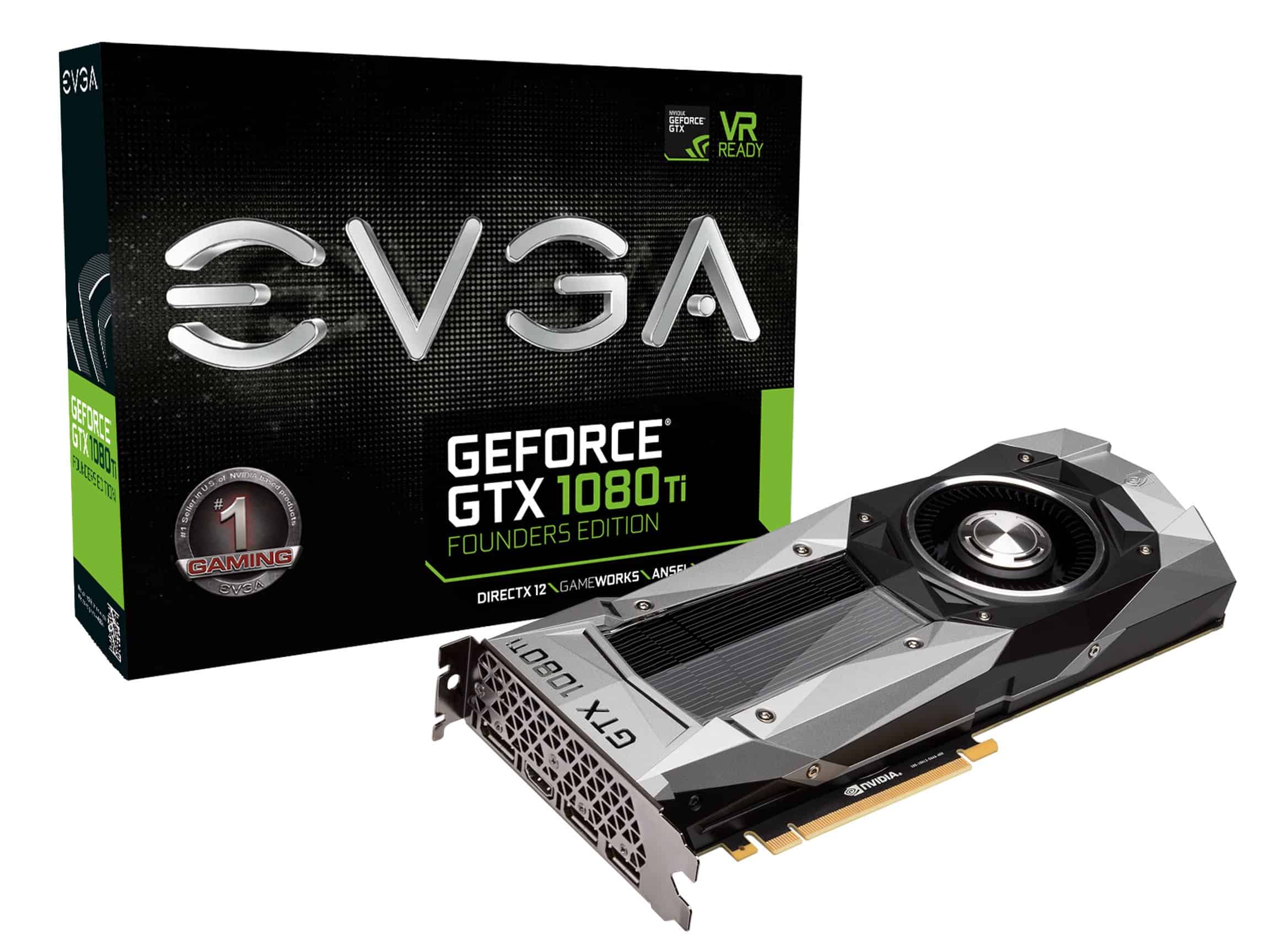A Recent reddit thread about someone who bought a GTX 1080 Ti for only $10 ignited a question that’s still very relevant for a lot of people: is the 1080 Ti still a good card as we head into 2025? The card was released back in 2017 and even though it’s pretty old by tech standards, the general consensus is that it still is a somewhat capable graphics card – but mainly for older games. While not cutting-edge, it still handles many modern games at 1080p and even some 1440p resolutions with good performance. Its 11GB of GDDR5X memory and 3584 CUDA cores continue to provide solid power for gaming and content creation tasks.
For users on a budget, the 1080 Ti offers an attractive option. It lacks newer features like ray tracing and DLSS found in RTX cards. But its raw performance keeps pace with some mid-range modern GPUs. This makes it a viable choice for those who don’t need the latest tech.
The card’s longevity is a testament to NVIDIA’s Pascal architecture. Released seven years ago, it still competes with newer mid-tier options. This staying power is rare in the fast-moving graphics card market. Budget-conscious gamers can find good value in a used 1080 Ti, often priced between $150-$200.
It’s a great question, especially with new graphics cards hitting the market all the time! Here’s the breakdown of whether a 1080 Ti holds up in 2025 for gaming:
The Short Answer:
Yes, a 1080 Ti is still a capable gaming GPU in 2025. It can handle most modern games at 1080p and 1440p resolutions with respectable frame rates, even on high settings.
The Longer Answer:
Here’s a more detailed look at the 1080 Ti’s capabilities and limitations:
Strengths:
- Still Powerful: The 1080 Ti was a high-end card in its time (released in 2017), and it still packs a punch. Its 11GB of VRAM is ample for modern games, and its core performance remains strong.
- 1080p and 1440p Gaming: You can expect smooth frame rates in most games at these resolutions, even with demanding titles.
- Good Value (Used Market): If you can find a 1080 Ti at a reasonable price on the used market, it can offer excellent price-to-performance.
Limitations:
- No Ray Tracing: The 1080 Ti lacks dedicated hardware for real-time ray tracing, a technology that’s becoming increasingly common in newer games.
- No DLSS: It also doesn’t support NVIDIA’s Deep Learning Super Sampling (DLSS), which uses AI to upscale lower-resolution images, boosting performance in supported games.
- Aging Architecture: While still capable, the 1080 Ti’s Pascal architecture is showing its age compared to newer generations of GPUs.
- Power Consumption: The 1080 Ti can be power-hungry, so ensure you have a sufficient power supply.
Here’s a table summarizing the 1080 Ti’s performance in 2025:
| Resolution | Performance | Notes |
|---|---|---|
| 1080p | Excellent | High refresh rates achievable in most games. |
| 1440p | Very Good | Solid performance, but may need to adjust settings in demanding titles. |
| 4K | Okay | Playable in some games, but may require lower settings or DLSS (not supported on 1080 Ti) for smooth frame rates. |
| Ray Tracing | Not Supported | |
| DLSS | Not Supported |
Overall:
The 1080 Ti is a solid choice for budget-minded gamers in 2025, particularly if you’re primarily playing at 1080p or 1440p and don’t mind missing out on ray tracing and DLSS. However, if you want the latest features and the best possible performance, you’ll need to consider a newer graphics card.
Key Takeaways
- The GTX 1080 Ti still performs well for 1080p and 1440p gaming in 2025
- It lacks newer features like ray tracing but offers good value for budget-conscious users
- The card’s longevity showcases the strength of NVIDIA’s Pascal architecture
Evaluating the GeForce GTX 1080 Ti’s Current Performance
The GTX 1080 Ti remains a capable graphics card in 2025. It handles many modern games at high settings and still offers good value for creative tasks.
Benchmark Analysis for Modern Games
The GTX 1080 Ti performs well in several current titles. At 1080p, it runs Forza Horizon 5 and Rainbow Six Siege at high frame rates. 1440p gaming is smooth in Far Cry 6 and Hitman 3 with tweaked settings.
Cyberpunk 2077 and Halo Infinite push the card harder. They require lower settings for playable frame rates at 1440p. The lack of DLSS support impacts performance in newer games.
1440p ultra settings often prove too demanding. Most AAA games from 2023 onwards need graphics options turned down for 60+ FPS.
Professional and Creative Workloads
Video editing benefits from the GTX 1080 Ti’s 11GB VRAM. It handles 4K footage well in popular editing software. 3D rendering sees good performance, though newer cards offer faster render times.
The card supports GPU acceleration in Adobe apps. This speeds up effects processing and export times. CAD software runs smoothly for most projects.
Lack of tensor cores limits AI-assisted features in some creative apps. But for many pros, the GTX 1080 Ti still meets their needs in 2025.
Comparison with Contemporary Graphics Cards
The RTX 3060 and RX 6600 XT match or beat the GTX 1080 Ti in most games. They offer better power efficiency and support newer features like ray tracing.
The GTX 1080 Ti trades blows with the RX 6700 XT in raw performance. But it lacks RDNA architecture benefits and hardware-accelerated ray tracing.
Newer mid-range cards like the RTX 4070 Ti vastly outperform the GTX 1080 Ti. They provide major gains in modern games and creative apps.
The GTX 1080 Ti’s large VRAM amount still gives it an edge over some newer budget GPUs in memory-intensive tasks.







